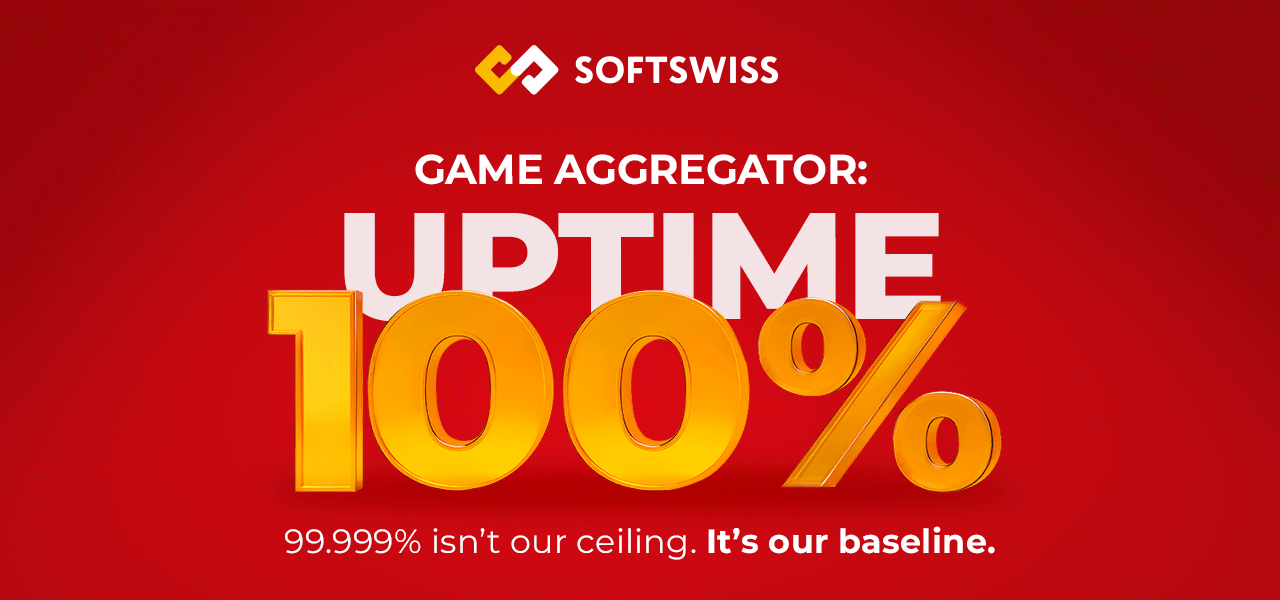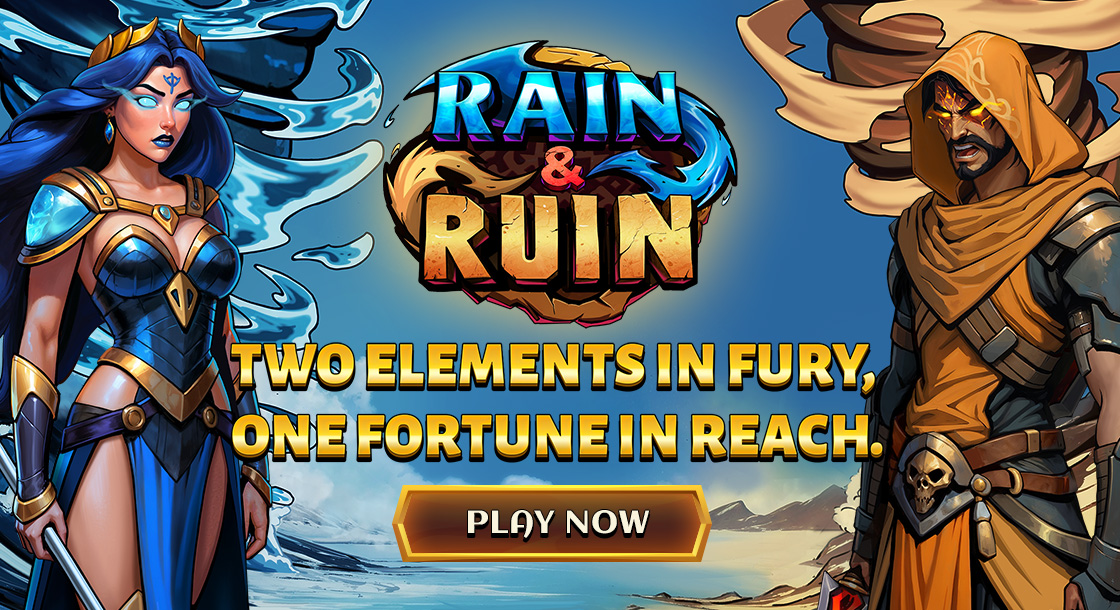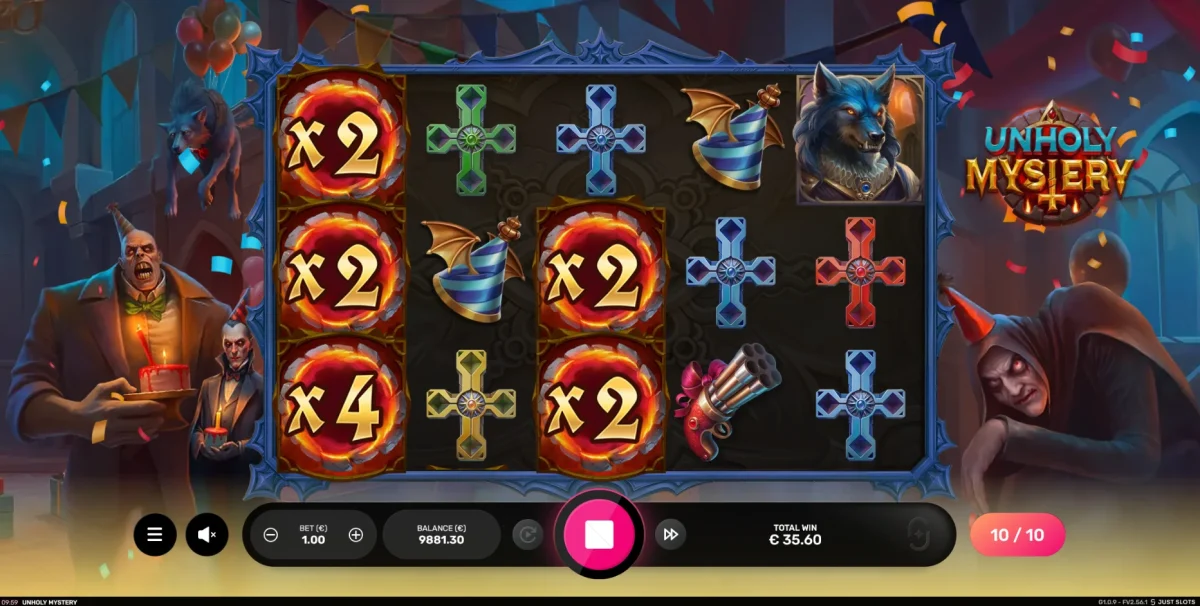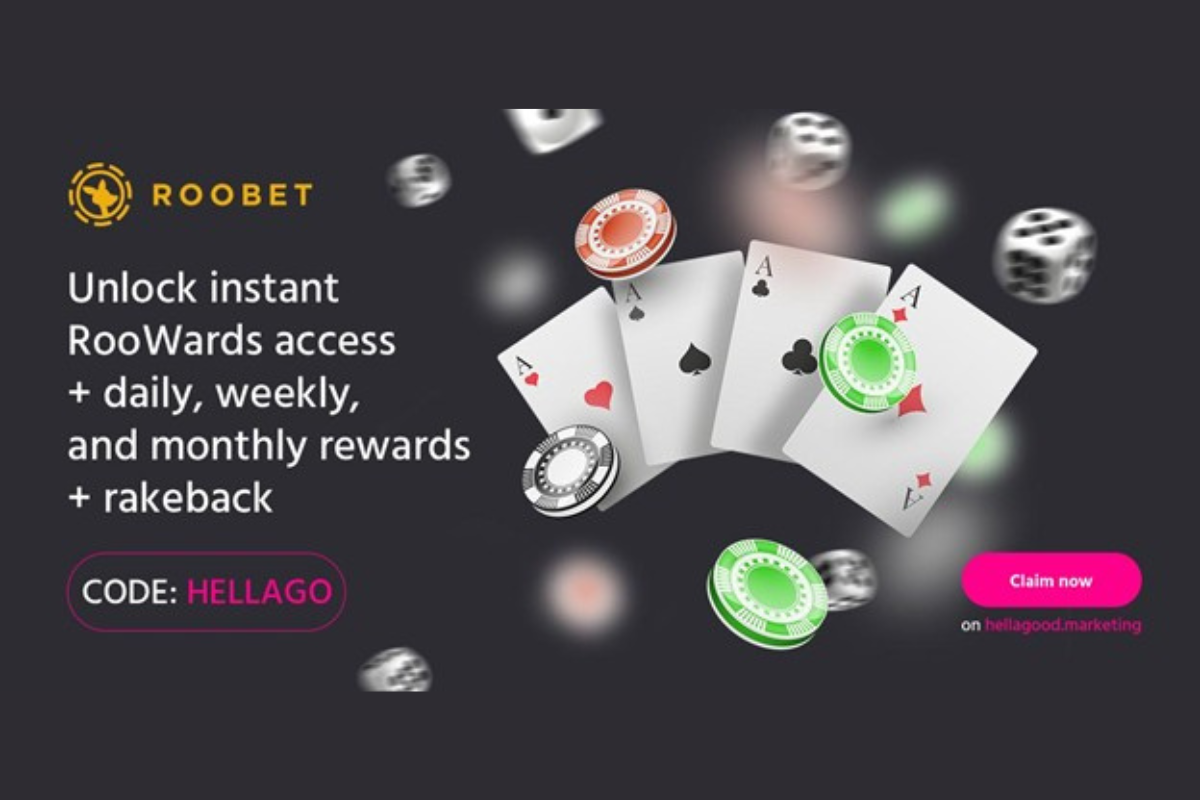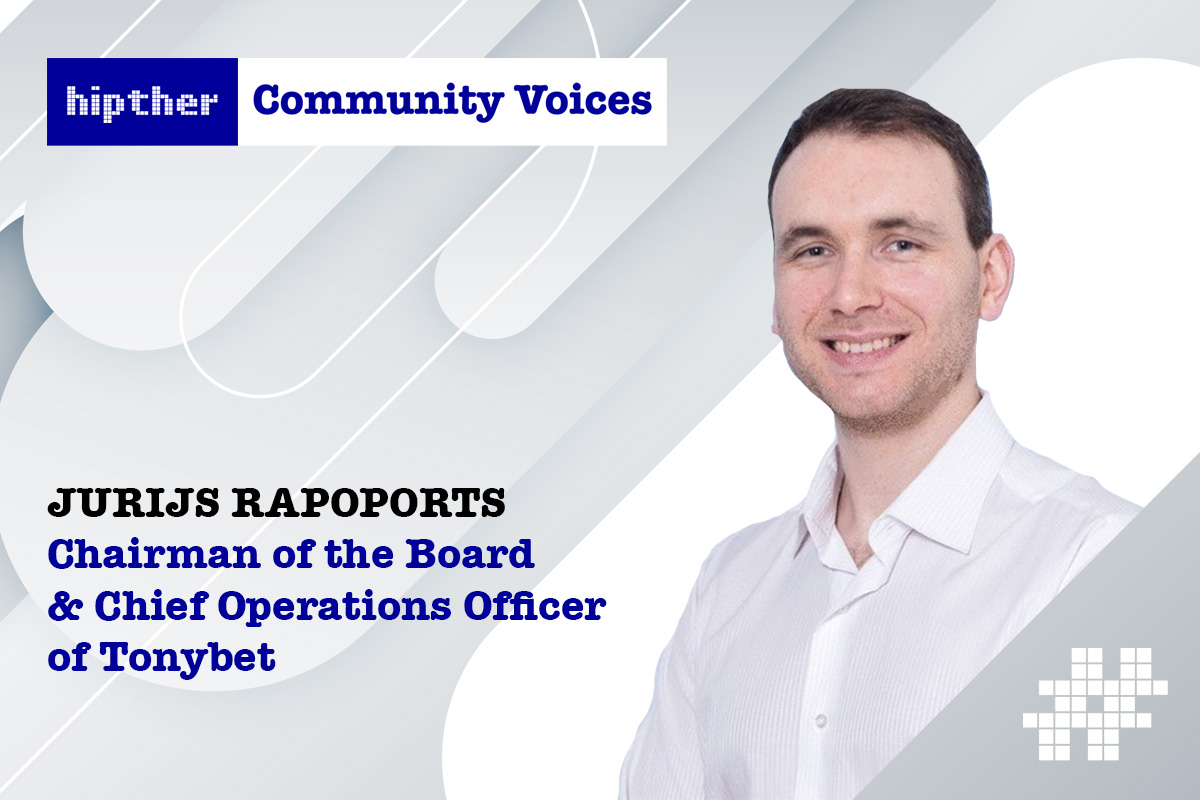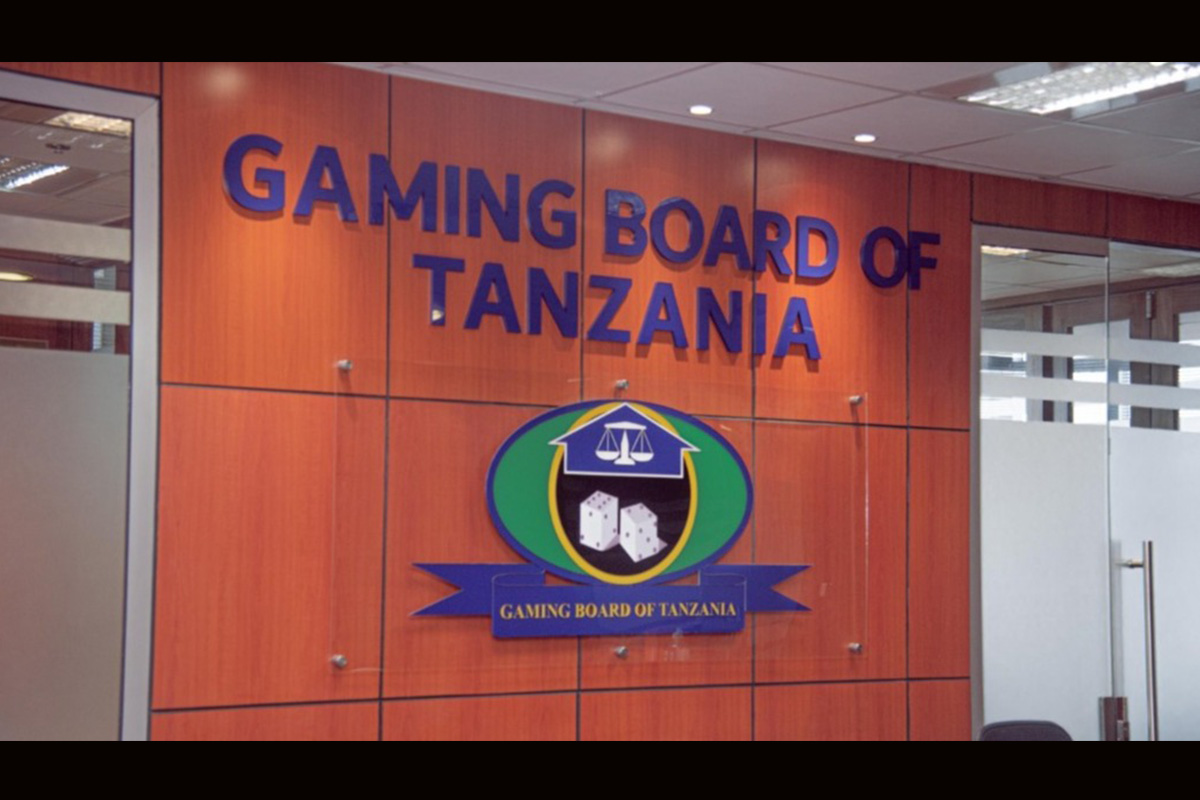Latest News
Balancing Creativity with Commercial Goals in Game Development

Bylined to Christine Parkhill, Chief Commercial Officer at Just Slots
The art of successful game development lies in finding the balance between delivering fresh and engaging content without compromising on the commercial goals. Innovation is driven by creativity, but too much deviation from customer expectations can create friction or confusion, ultimately undermining engagement. We must first understand our audience on both a functional and emotional level. What drives them to return to a game, what features do they consider essential, and where are they open to novelty?
This starts with rigorous and continuous research. Leveraging social media, community engagement and player feedback allows us to build-on the existing framework by layering new ideas onto a foundation that players intuitively understand. Social media communities, player forums, and direct in-game data all provide invaluable insight into evolving preferences. Just as importantly, strong relationships with operators, who are closest to the players and have a deep understanding of their behaviours and motivations, offer useful insights that help guide development in the right direction.
Crucially, developers need to meet both, explicit and implicit expectations. The former includes readily communicated desires, like specific features, narrative elements, or genre tropes which are often voiced directly by players. The latter, however, are more nuanced and unspoken assumptions that stem from genre conventions, past experiences, or cultural norms. Both sets of expectations must be acknowledged and met to create experiences that feel simultaneously fresh and familiar. By approaching innovation not as disruption, but as evolution, we give ourselves a better chance of keeping creativity and commercial viability in equilibrium.
Understanding Player Trends and Market Research
In today’s highly competitive landscape, game development is no longer driven by creativity alone, it’s underpinned by robust data insights. Validating concepts through data analytics, user testing and iterative feedback must be done to assess the reception of innovative features and design elements to ensure any new changes contribute positively to the gaming experience rather than simply adding noise. For instance, data can be analysed to determine whether premium features are more popular than lower-cost alternatives, suggesting that players are willing to invest more when it increases their chances, albeit at higher risk of securing those desirable big wins.
With audiences evolving, aligning design and functionality with player expectations and needs is more important than ever. Today’s player bases are more diverse, comprising not just consumers, but also content creators, critics and even streamers. Each plays a unique role in shaping a game’s success, influencing both visibility and commercial outcomes, and may eventually have a significant impact on the success of the game studioUnderstanding their motivations, pain points and behaviours will help to not only inform game development, but also the commercial viability of the game as well.
When creating a game, utilising market research and behavioural analytics can be instrumental in helping to identify the target audience among the diverse player bases. Arrowhead Studio developers famously echoed ‘A game created for everyone is a game created for no one’. Focused attention on a specific audience leads to more meaningful experiences and higher player enjoyment ultimately yielding greater commercial success.
Fostering a Friendly Development Environment
Developing a successful game is all about interdisciplinary collaboration, ranging from the creation of concept art through to the coding, narrative design, quality assurance, and ultimately, sales and promotion.
Having this intersection of different disciplines can serve as breeding ground for unique gameplay mechanics and story ideas, allowing for a fusing of different experiences to potentially lead to new concepts and innovations. This may also serve to expedite troubleshooting sessions which can be important when adhering to a tight timeframe for launching a game.
Involving commercial stakeholders during the creative process ensures that creative ambitions remain aligned with practical constraints such as projected timelines and budget constraints. By having a more collaborative process, and using technology which enables all disciplines to work simultaneously and to go through multiple iterations, a better final product can be potentially created. Additionally, leveraging technology that facilitates real-time collaboration across departments allows teams to iterate quickly, incorporating feedback seamlessly throughout the process. These time-efficient processes can reduce the overall development time, enabling studios to produce games faster and respond to trends in themes or mechanics more effectively. This integrated approach not only improves efficiency but also increases the likelihood of delivering a polished final product that resonates with players and meets commercial goals.
Maintaining Cost Efficiency Without Compromise
Designing and developing a high-quality slot game requires significant investment both in time and resources. When factoring in aspects of development such as UX/UI design, frontend and backend development, testing and project management you can be looking at costs starting at $30,000 and possibly exceeding $75,000 for an original game.
Sometimes game development may run over allotted time frames due to unforeseen problems such as troubleshooting bugs and glitches. It is therefore important that game development costs also budget for unexpected hurdles such as this and cost efficiency doesn’t have to mean cutting corners. Measures can be taken to ensure that costs are kept within budget, such as strategically reusing assets such as sound or visual elements used within the game’s design. This is very important when considering the costs associated with sourcing the right tech tools to create the game in the first place, which can impact the quality of the final product.
Game developers can also leverage AI to enhance their artistic output to maintain level outgoings while containing costs. For example, a single concept artist equipped with AI tools can produce a wide range of stylistic variations quickly, freeing up resources and accelerating the early design phase by offering multiple versions of their concepts. When used thoughtfully, these tools enable teams to stay lean without compromising creative vision. And when games are quicker and more affordable to produce, producers have greater freedom to take creative risks, leading to more innovative and experimental titles, without the pressure of every idea needing to be a commercial hit.
The Intersection of Creativity and Commercial Success
In the fast moving world of iGaming development, where innovation drives excitement but commercial viability determines long term success, finding the sweet spot between creative goals and business objectives is key.
Game developers need to have enough freedom to explore their creativity, to innovate and push the boundaries in order to deliver a fresh and compelling experience to players. But to truly land with players and succeed in a competitive market, these creative ideas need to be tempered to meet baseline player expectations and market trends, all driven forward by data-backed insights to inform business strategy. A successful game doesn’t need to be the most groundbreaking or commercially viable – but one that resonates with players, keeps them engaged and delivers value while sustaining momentum over time. When creativity and commercial goals are aligned, the result is a game that doesn’t just launch successfully, but continues to perform.
-
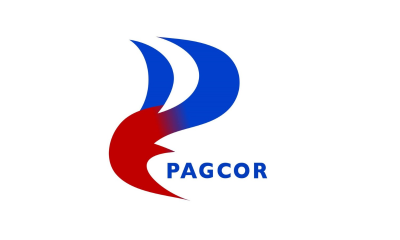
 Asia7 days ago
Asia7 days agoPAGCOR: Online Gaming fuels nation-building, but illegal sites pose risks
-

 Latest News7 days ago
Latest News7 days agoThe Next Big Step in Online Casinos From Mobile Gaming to the Metaverse
-

 Africa6 days ago
Africa6 days agoMulaSport launches Kiron’s data-lite Soccer Game across 5 countries in Africa
-
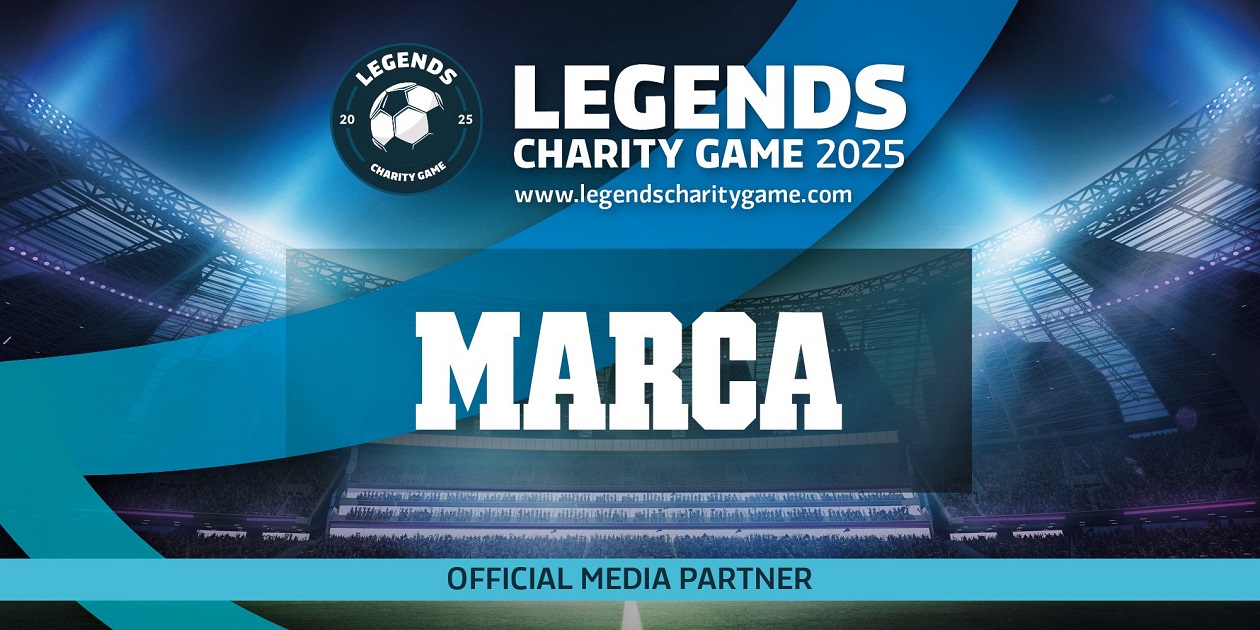
 Latest News7 days ago
Latest News7 days agoMARCA Named Official Strategic Partner for Legends Charity Game 2025
-

 Asia6 days ago
Asia6 days agoGalaxy Entertainment Opens New Overseas Office in Singapore
-

 Industry Awards6 days ago
Industry Awards6 days agoBETBY SUCCESSFULLY WRAPS SiGMA EUROMED 2025 PARTICIPATION WITH SPORTSBOOK RECOGNITION
-

 Compliance Updates6 days ago
Compliance Updates6 days agoBOS in letter to the Government: appoint a new Gambling Inquiry
-

 Central Europe6 days ago
Central Europe6 days agoCT Interactive grows its certified game portfolio in the Slovak market

